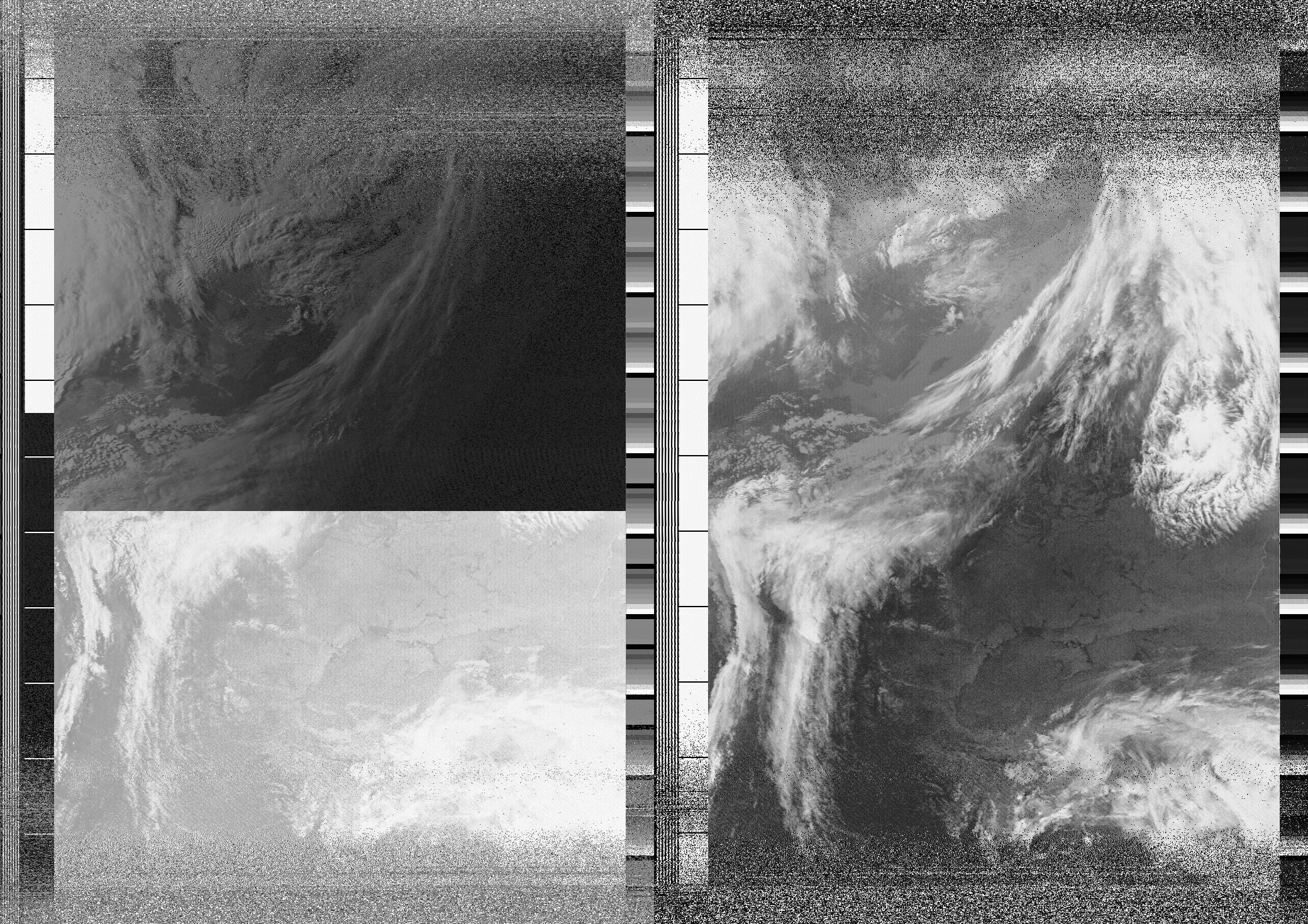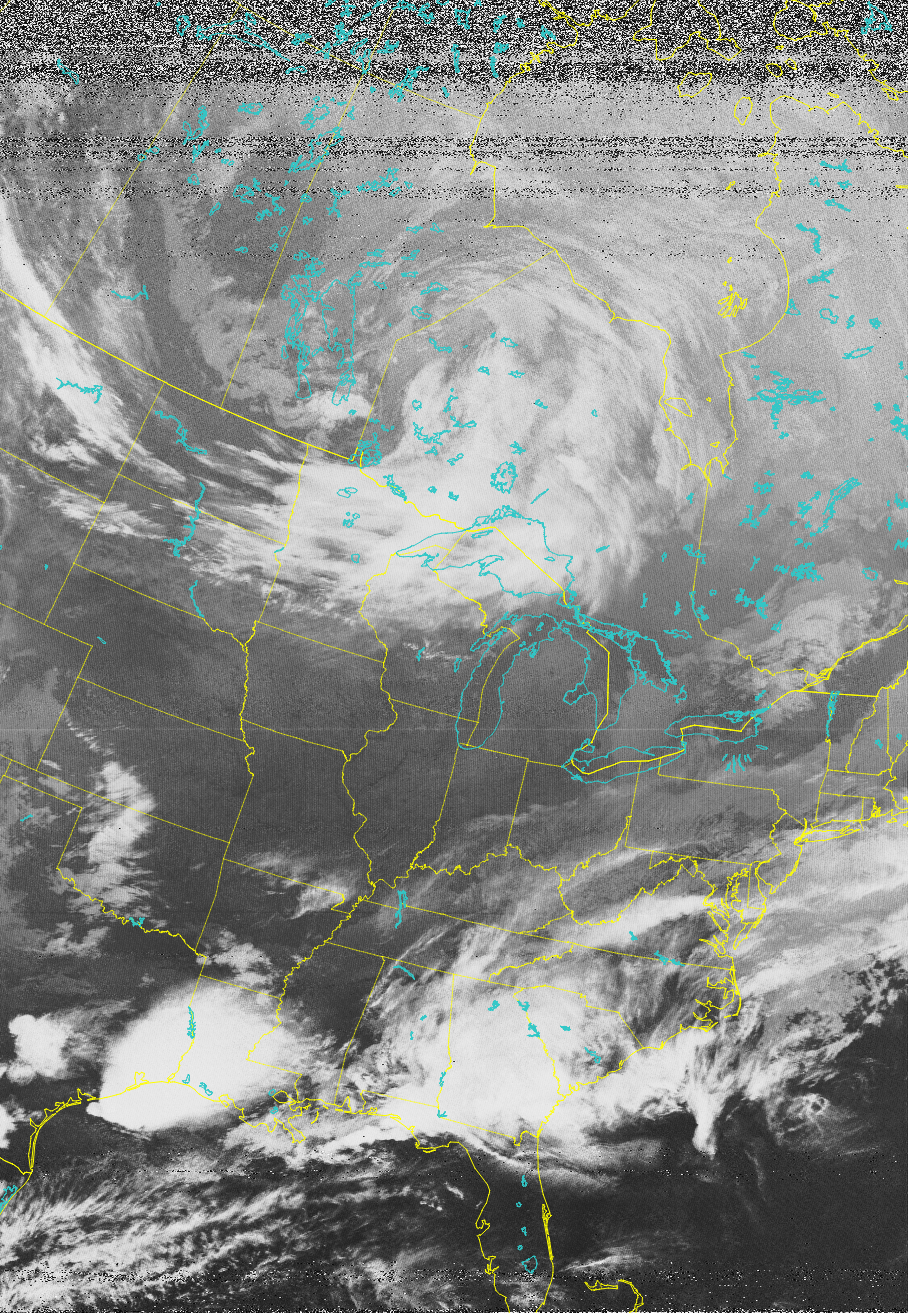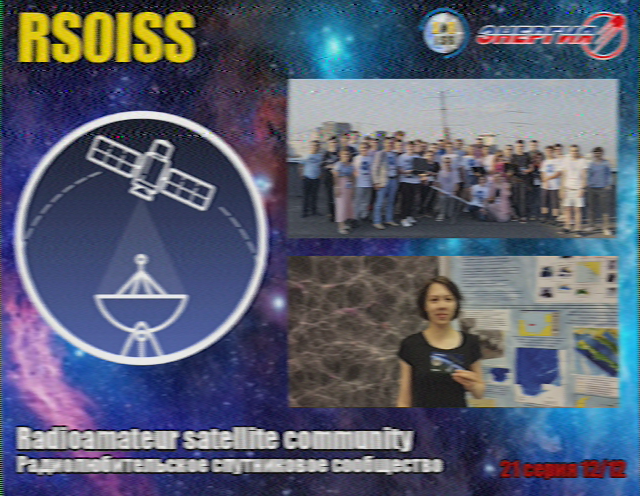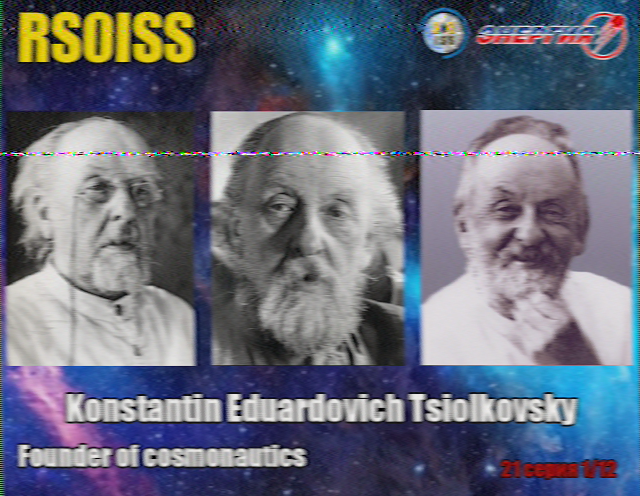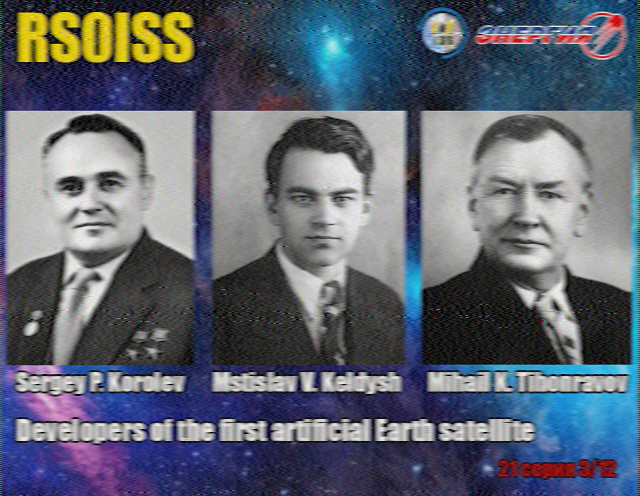The telemetry for the NOAA POES satellites is in the TIP data along with the HIRS and SEM data. The content is not known, but the format is.
At least everything on the star nesdis page should be in there, including the AVHRR scan motor current I was looking for.
I wrote a program to dump this telemetry to CSV and found the one column that rose at the same rate as the scan motor should.
It's not a perfect match, NOAA probably multiplies it by some unknown value to find the actual current, and my data is only from when the satellite was overhead, so it's a bit low resolution

official NOAA data:

There are still hundreds of unknown values that I haven't and have no way of figuring out, here is the raw CSV data if anyone is interested: link
It's concatenated from months of data, so it's full of skips, there is a millisecond timestamp on the first column, but it's out a few hours and sometimes corrupted.
Some fields are also super commutated still.

